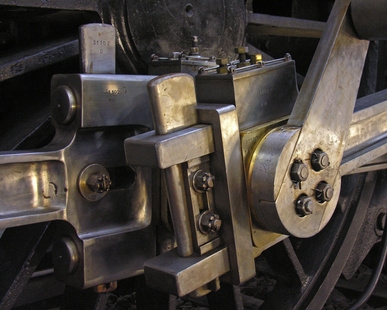
Detecting transmission problems early can prevent expensive repairs. The transmission is one of the most important component in a vehicle. When there are problems with a transmission, there are generally early warning signs. Some signs may indicate that there is a minor problem, while others may mean that your transmission needs extensive repairs. If minor problems are corrected promptly, you may prevent them from becoming a major issue. With these suggestions you will quickly be able to detect problems with your transmission.
Listen for strange noises coming from under the hood of your vehicle. Noises such as clanking, grating, knocking or a buzzing sound may indicate that there is a problem with your transmission.
Determine if there is slippage during acceleration. The engine of the vehicle will speed up during acceleration, but the vehicle moves slowly.
Start the vehicle, place your foot on the brake pedal, then put the vehicle in the reverse position. Shift to the neutral (N) position and then to the (D) drive position. If you feel an abrupt jerk when you shift between gears or hear unusual noises, this could indicate that the transmission has a defect.
Check for transmission leaks under your vehicle. This is best done by checking the parking space you have used immediately after backing out of it. Transmission fluid has a dark red appearance. If you see a pool of dark-red fluid where the car had been parked, immediately check the transmission fluid level in the car and add more if necessary. Get the vehicle checked out as soon as possible to determine what is causing the leakage.
Determine if there is a strange smell coming from under the vehicle or under the hood. Rancid or burnt odors probably indicate transmission problems.